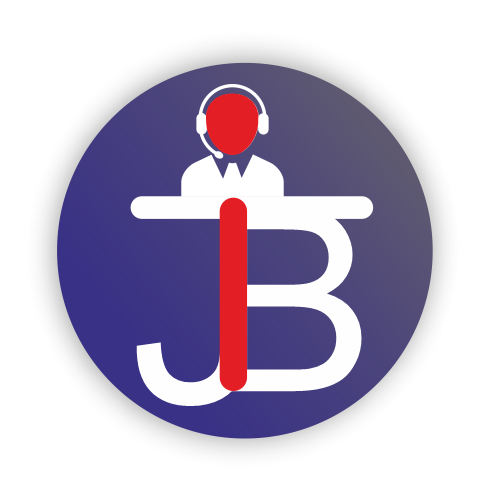What is JSON?
The Backbone of Data Transmission in Web Applications
JavaScript Object Notation (JSON) is a standard text-based format used for representing structured data. JSON is derived from JavaScript object syntax, but it is language-independent, making it a versatile option for data interchange across different programming environments.
The Importance of JSON in Web Applications
JSON plays a crucial role in web applications, especially in scenarios where data needs to be transmitted between a server and a client. For example, when a server sends data to a client to display it on a web page, JSON is often used for this purpose. Similarly, JSON can be used to send data from a client to a server for processing.
Structure and Syntax of JSON
JSON data is composed of key-value pairs, much like a JavaScript object. Each key is a string enclosed in double quotes, followed by a colon and the corresponding value. Values can be strings, numbers, arrays, or even other nested JSON objects. Here is a simple example of JSON syntax:
{“name”: “John”, “age”: 30, “city”: “New York”}
Advantages of Using JSON
JSON offers several advantages, making it a preferred choice for data transmission in web applications. Its text-based format is easy to read and write, both for humans and machines. JSON’s lightweight nature ensures quicker data transmission and reduced bandwidth usage compared to other formats like XML. Additionally, its compatibility with JavaScript makes it ideal for web development, as it can be easily parsed and manipulated within the browser.
In conclusion, JSON is an essential tool in modern web development, facilitating efficient data transmission between servers and clients. Its simplicity, readability, and compatibility make it an invaluable resource for developers.

